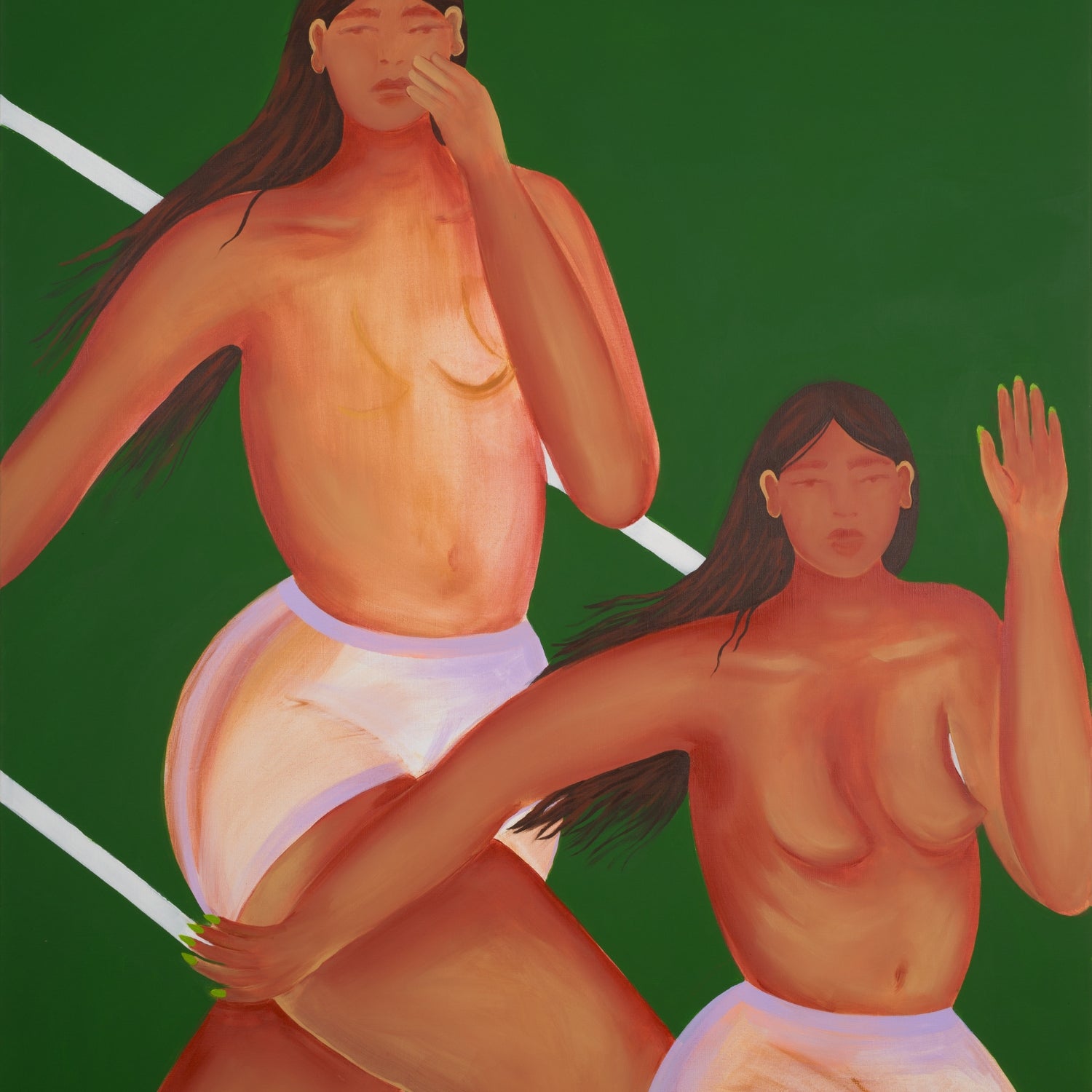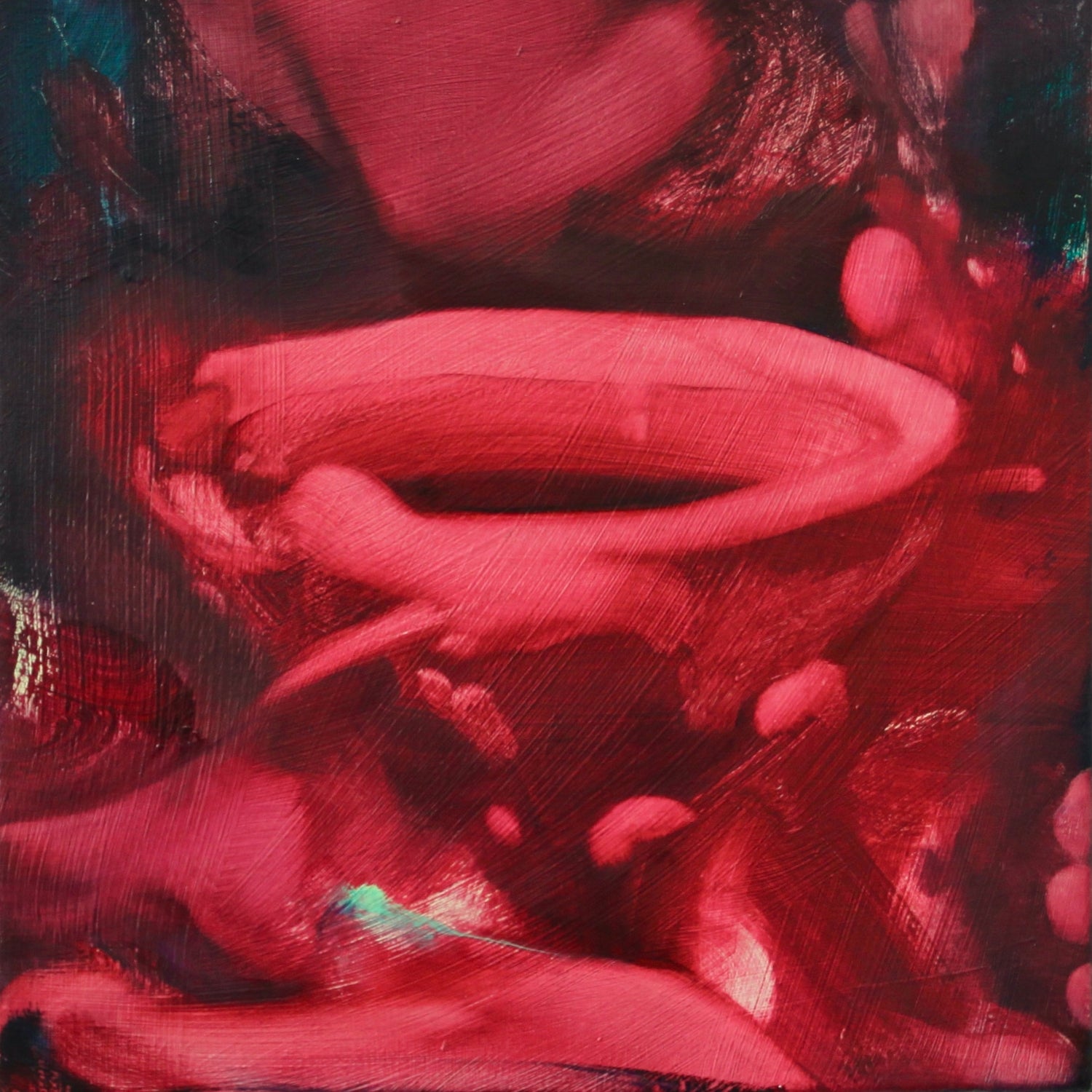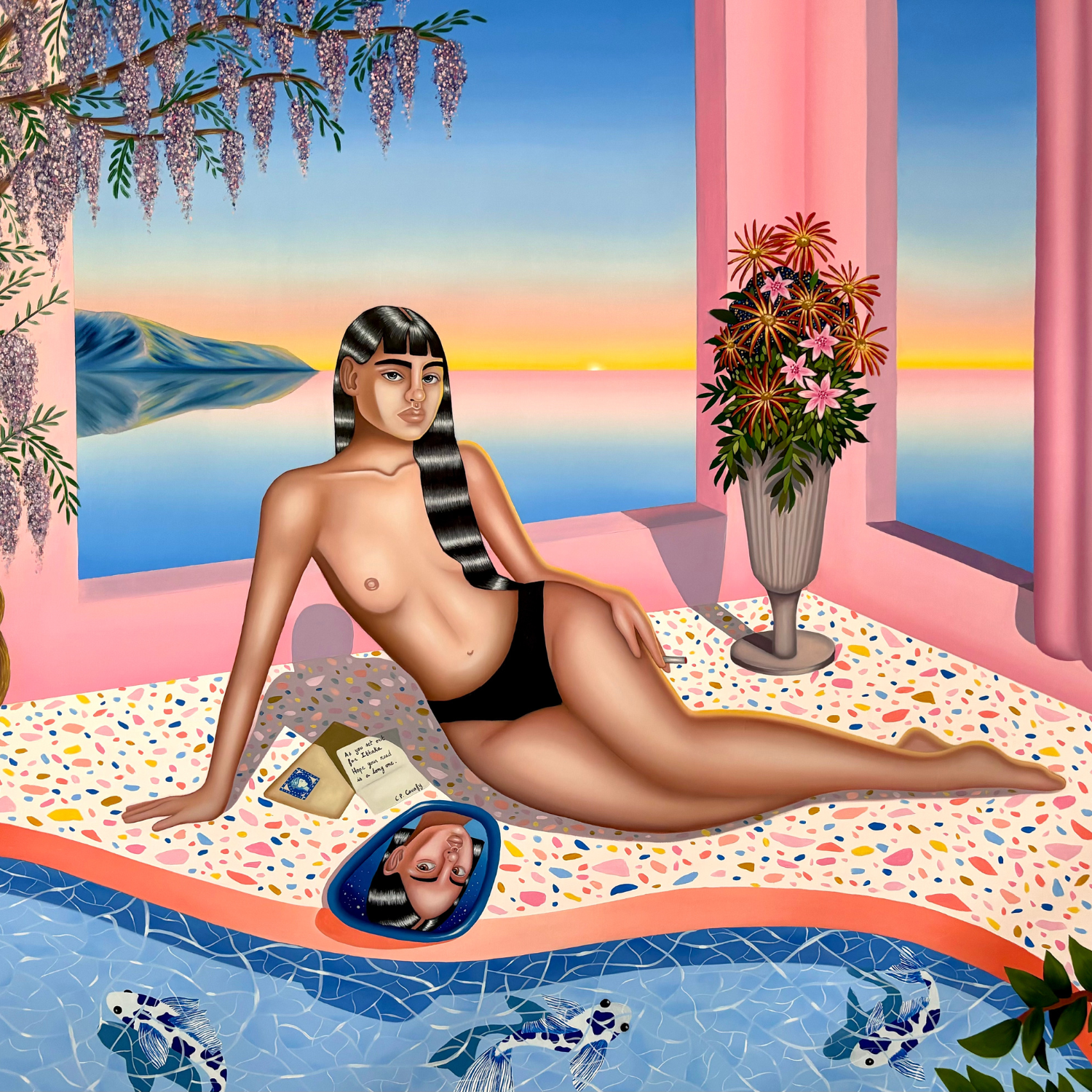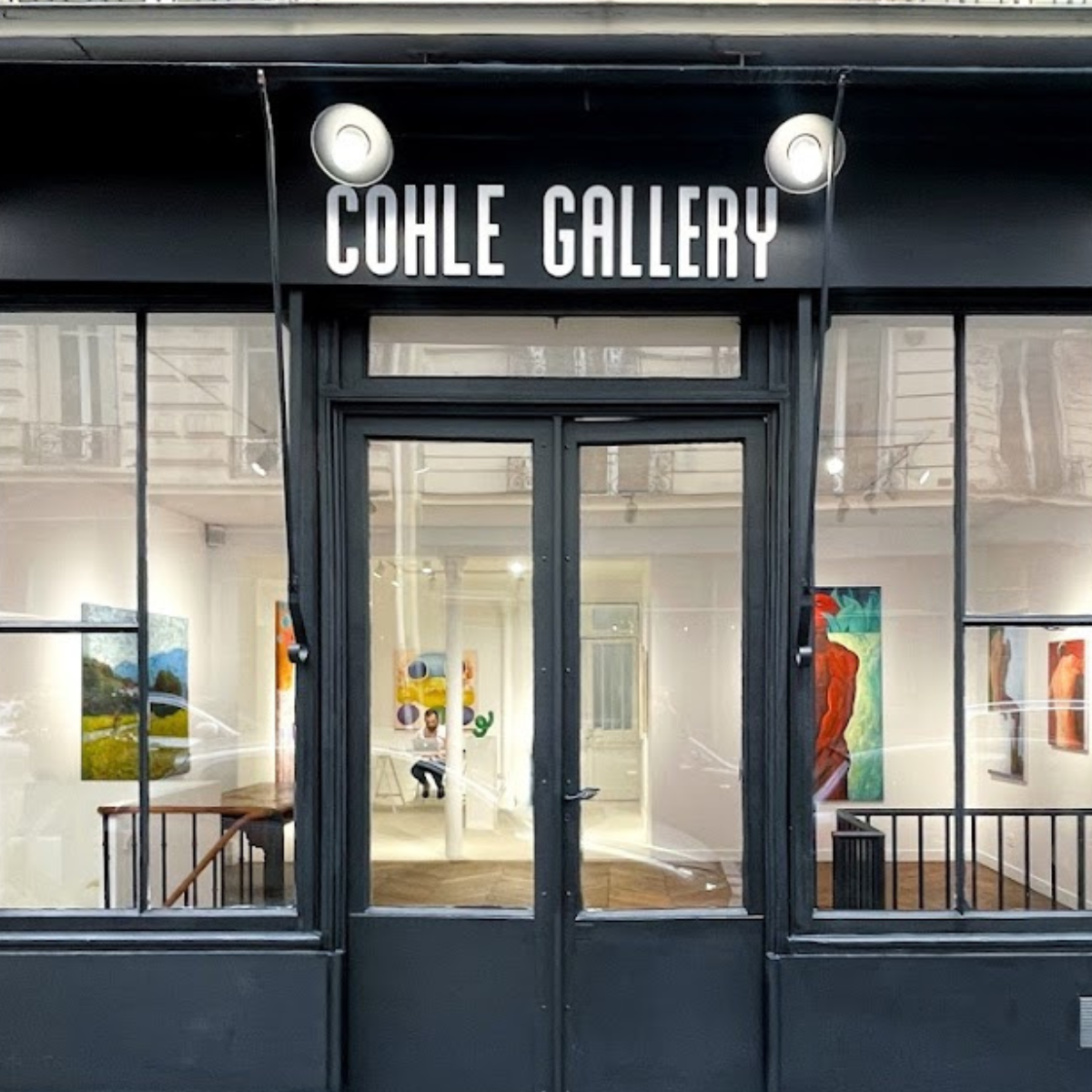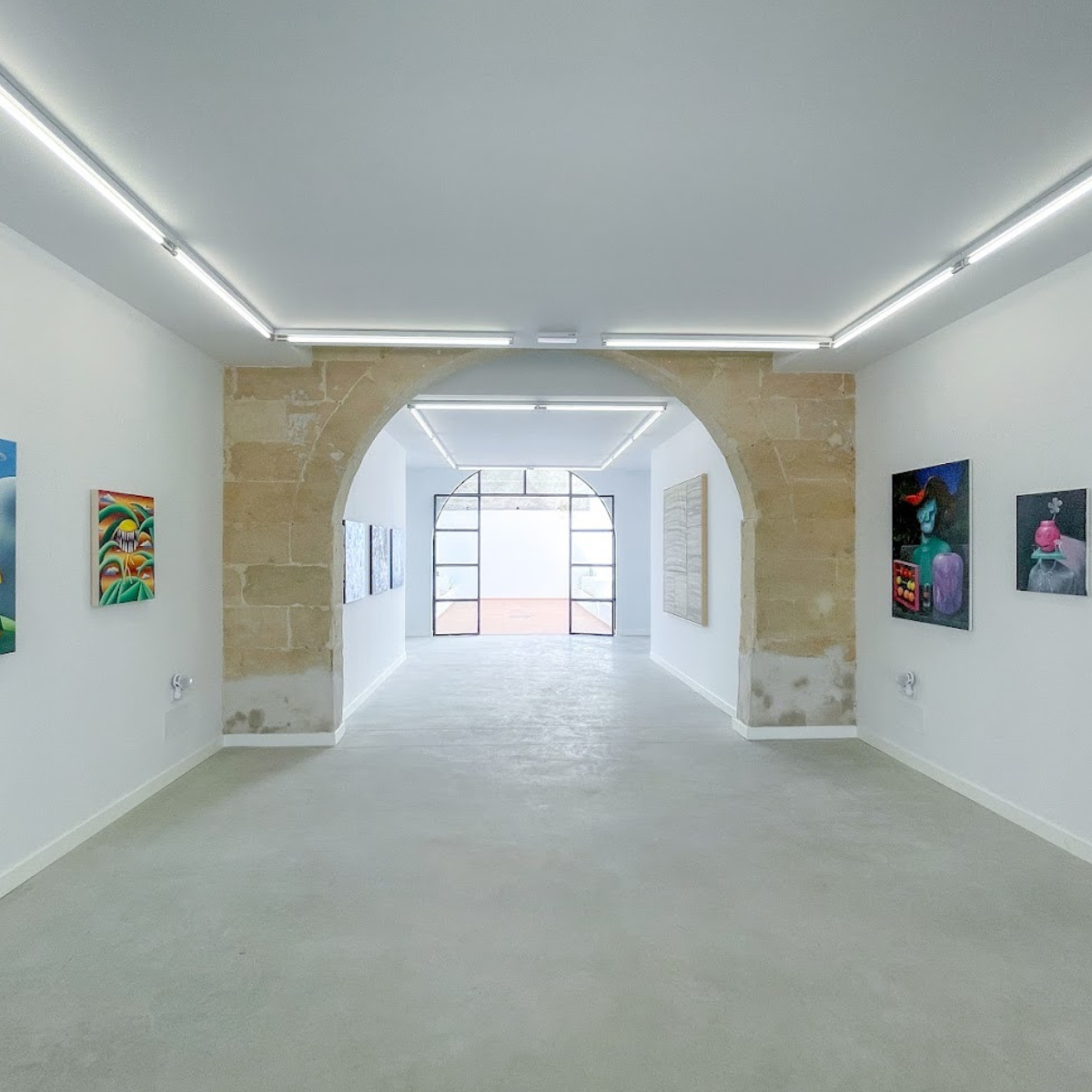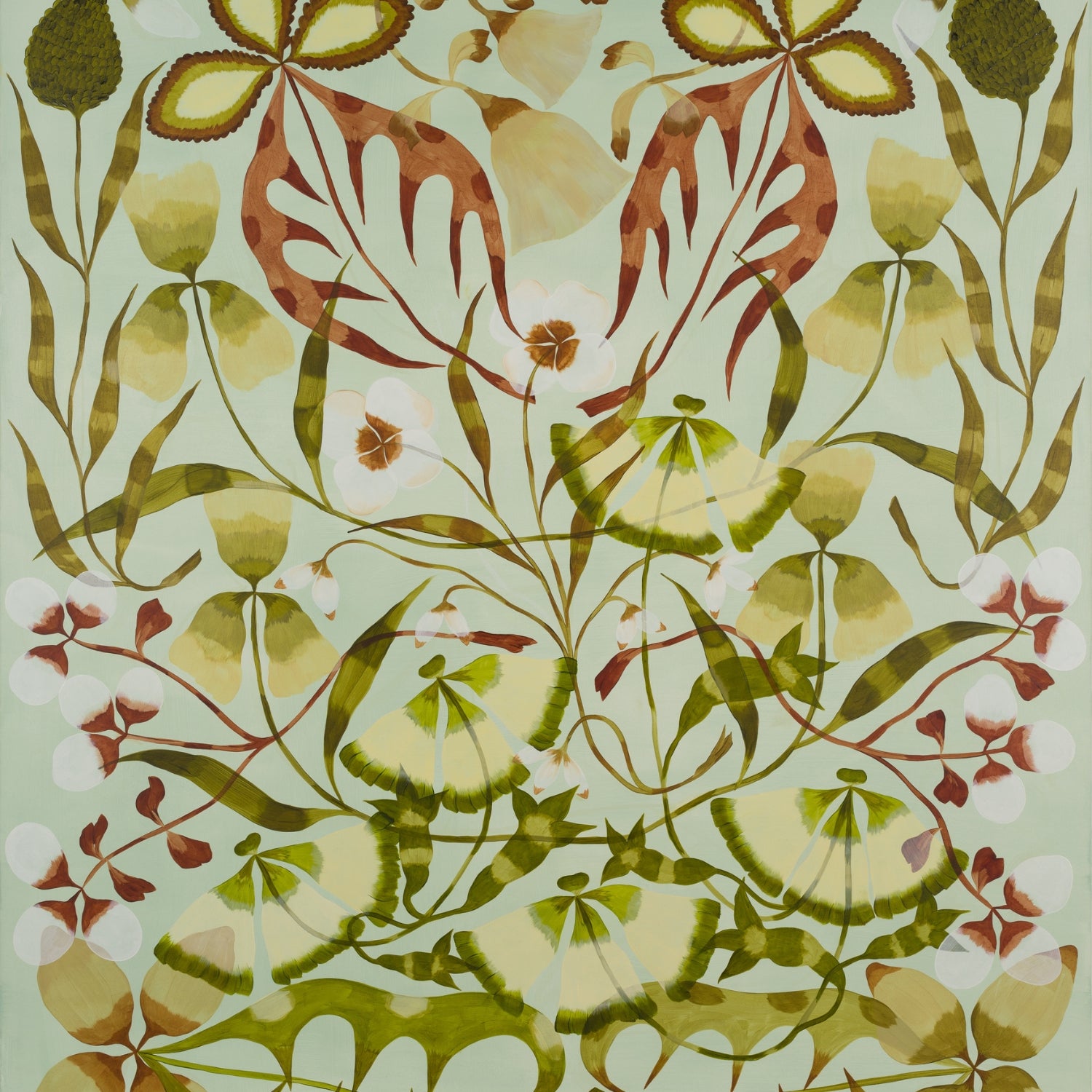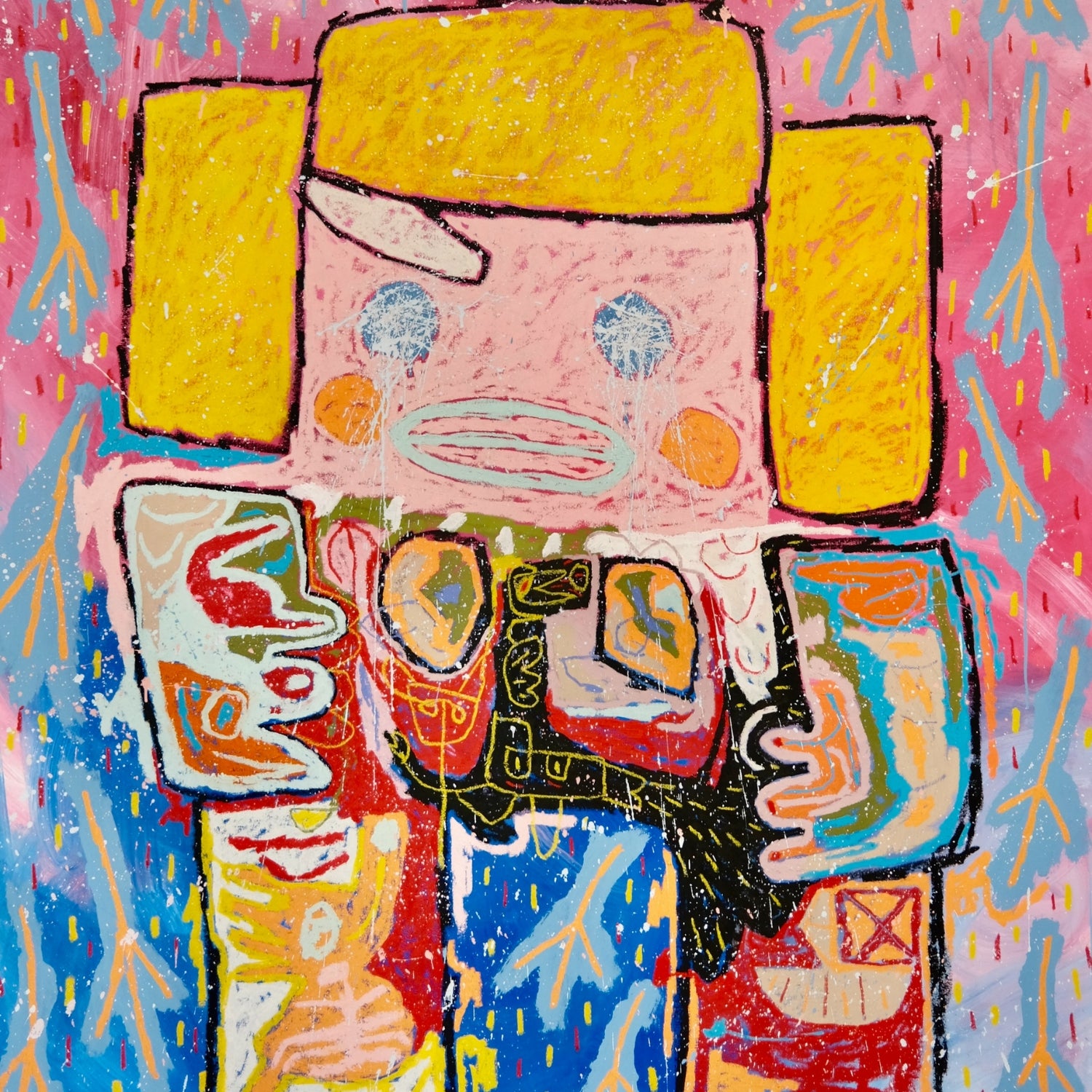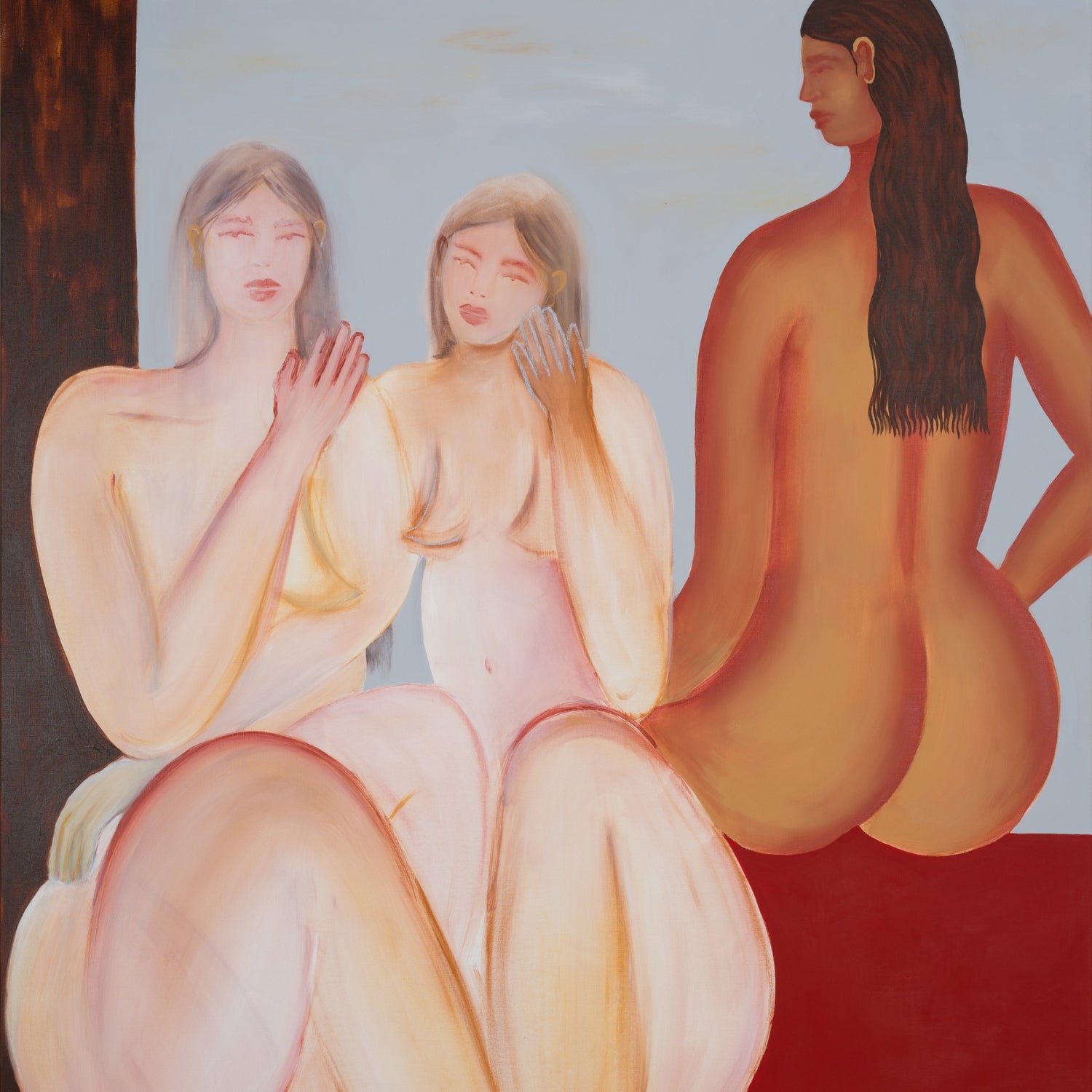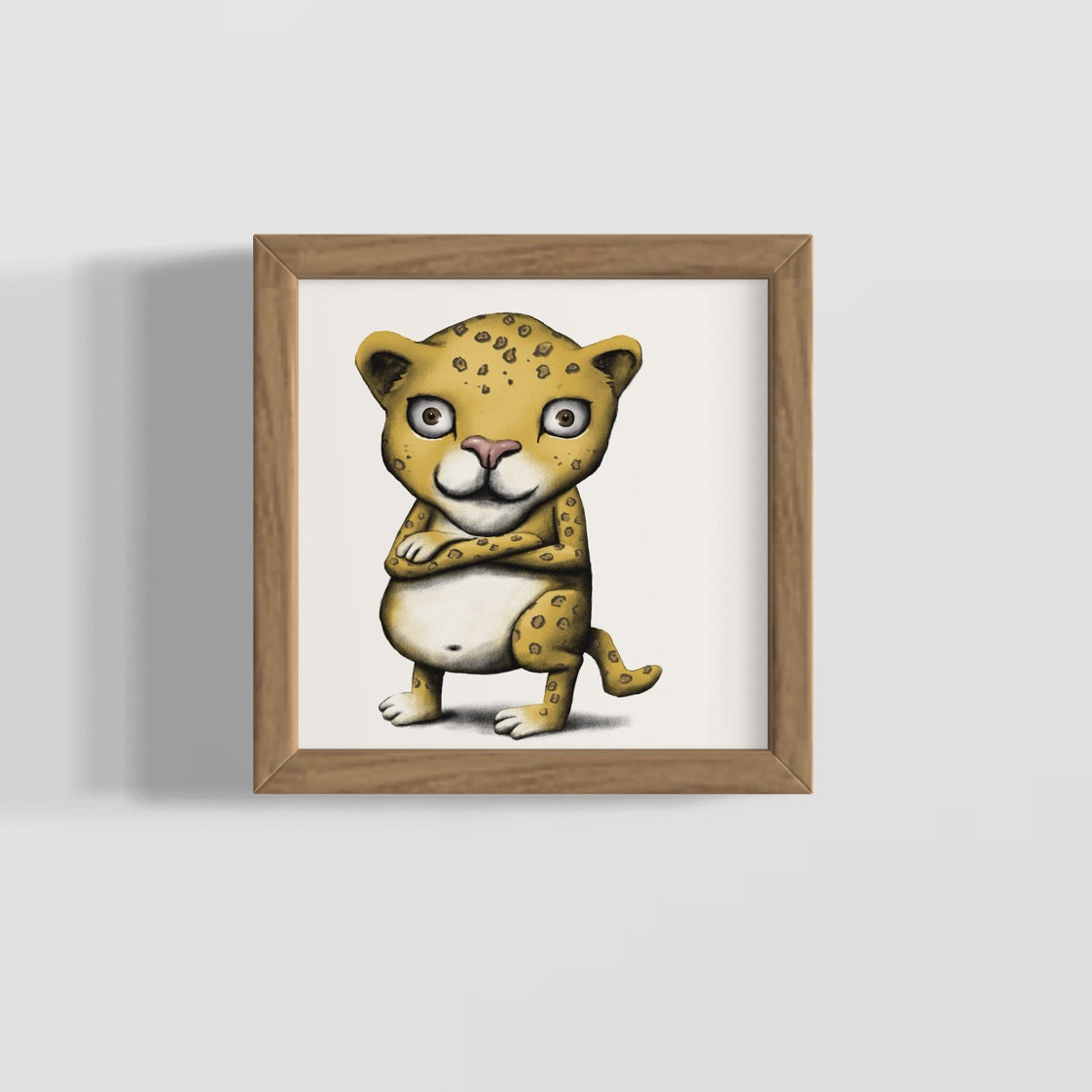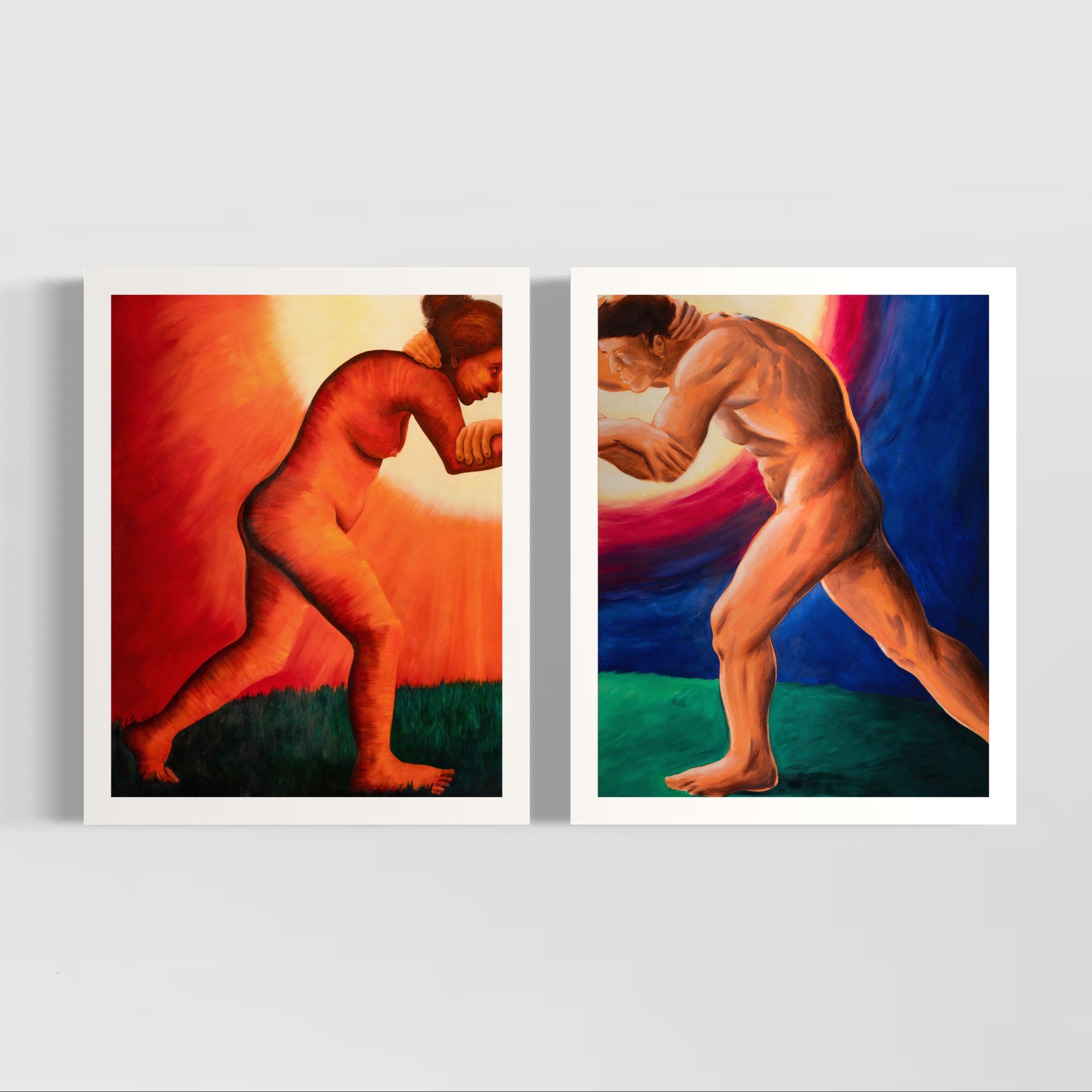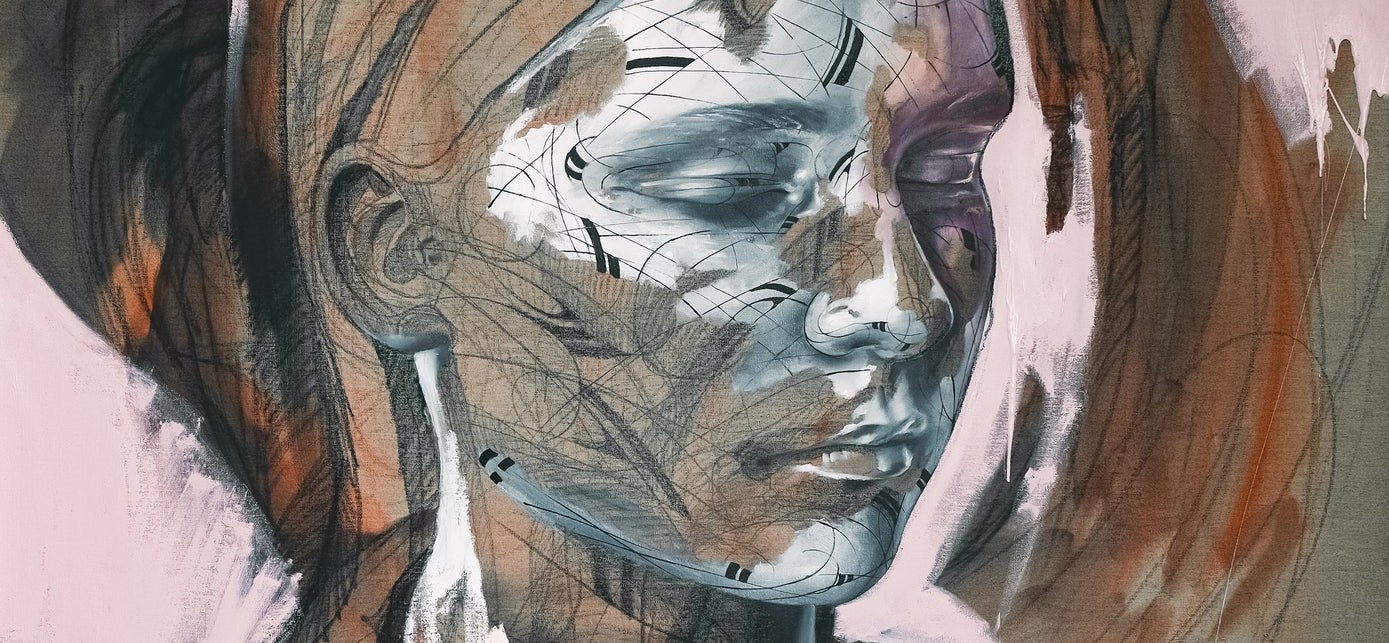Exploring the World of Contemporary Art
At our contemporary art gallery in Paris, we regularly host exhibitions showcasing the innovative talents of our time. Our recent shows have included graffiti pioneer SUPAKITCH, and the playful pop paintings of Yusuke Toda. As young Parisian art dealers devoted to revealing pioneering contemporary creations, we at Cohle Gallery aim to share the exhilarating landscape of modern art. This article explores contemporary art, tracing its evolution, describing key movements and styles, and profiling influential contemporary artists. Read on to gain insight into the vibrant sphere of today's artworks.

"Yum and Friends - Yusuke Toda - 2023"
Contemporary Art Definition
The term "contemporary art" emerged in the 1960s, describing works made after World War II. It denotes art connected to the present moment rather than historical styles. Contemporary artists create in the here and now, developing art influenced by today's constantly changing world and issues. Their art often utilizes modern materials, responds to current events, and engages with global topics.
At our gallery, we exhibit art that reflects the diversity and dynamism of contemporary creativity. While eluding generalization, contemporary art is often characterized by:
- Experimenting with new media and unconventional forms
- Rejecting divisions between artistic disciplines
- Addressing relevant cultural and political issues
- Challenging traditional notions of beauty and art
Unlike classical art pursuing timeless ideals, contemporary art conveys the artist's unique perspective. Contemporary artists use their work to explore society and the human condition.

"Pajama Girl ghost abduction - Adam Handler - 2023"
Tracing the Evolution of Today's Artistic Landscape
Contemporary art developed amidst the radical social changes of the 1960s. Movements like Pop Art and Minimalism upended abstract expressionism's seriousness by incorporating mass media, consumerism, and cultural themes.
As artists continued resisting institutional definitions of "high art," contemporary art diversified. In the 1970s and 1980s, new genres appeared, including feminist art, environmental art, and video works. Artists also employed graffiti, appropriation, and provocation to provoke and critique.
In the 1990s, contemporary art globalized with the expansion of installation art and digital media. Current art hubs include New York, London, Paris, Berlin, Tokyo, reflecting contemporary art's worldwide scope.
Now in the 21st century, contemporary art engages with digital technologies, new media, and issues like identity politics and sustainability. Diverse international perspectives enrich the evolving contemporary scene.
Exploring Major Contemporary Genres and Styles
Contemporary art encompasses so many genres and philosophies it escapes generalization. Below are some key movements and mediums:
Conceptual Art
Conceptual art values ideas over aesthetics. Works comprise instructions, docs, photography, video, or sculpture prioritizing concepts over material form, reinventing definitions of art. Pioneers include Sol LeWitt and Jenny Holzer.
Feminist Art
Emerging in the 1960s, feminist art sought gender equality. Recurring themes include gender roles, sexuality, the female body, and women's experiences. Notable artists include Judy Chicago, Barbara Kruger, Cindy Sherman, and Yoko Ono.

"Between - Julie Mauskop- 2022"
Performance Art
In performance art, the artist's actions constitute the work, often exploring controversial topics and the body. Renowned performance artists include Marina Abramović, Carolee Schneemann, Yves Klein, and Joseph Beuys.
Digital Art
Digital art utilizes new technologies like software, computer graphics, and the internet to create computer animation, net art, code art, glitch art, and more. Prominent digital artists include Refik Anadol, Petra Cortright, and Rafaël Rozendaal.
Street Art
Encompassing graffiti, murals, stencils, and interventions in public spaces, street art emerged in the 1980s. Street artists like Banksy and Shepard Fairey frequently address political and social issues.
![]()
7 Pioneering Contemporary artists
-
Marina Abramović’s performances explore physical and mental boundaries, underscoring human presence's raw power.

-
Ai Weiwei produces sculptures and installations engaging with human rights, migration, and free speech.

-
Yayoi Kusama creates polka-dotted infinity mirror rooms and installations investigating mental health and obsession.

-
Cindy Sherman photographs herself portraying roles that expose stereotypes of feminine identity.

-
Doris Salcedo addresses political violence through minimalist sculptures incorporating poetic symbolism.

-
Banksy is an anonymous street artist satirizing institutions through humorous, anti-authority interventions.

-
Shepard Fairey is a street artist renowned for his iconic OBEY and Obama HOPE images.

Contemporary Art Controversies
Contemporary art frequently provokes controversy by tackling disturbing themes, using unconventional materials, or incorporating transgressive acts. Outrage often ensues over works considered offensive, pornographic, or anti-religious. Supporters defend controversial art for raising awareness and free expression Arguments persist over censoring objectionable art, but galleries typically defend artists against allegations of immorality.
Collecting Contemporary Art
The contemporary art market provides special opportunities for new and seasoned collectors. Contemporary works are often more affordable than historical fine art, and emerging artists offer chances to discover fresh talent early on.
Some tips for collecting contemporary art include:
- Visiting galleries and studios to encounter compelling artists and styles firsthand.
- Consulting art advisors to identify artists suiting your taste and budget.
- Purchasing what captivates you - follow your passion for the creator's style and vision.
- Considering reasonably priced prints, photos, and drawings to start.
- Beginning experimentally, then acquiring more daring works as you develop knowledge.
At our Paris gallery, we exhibit artists from around the world, striving to make their contemporary creations accessible. We invite you to visit us and discover today's art that resonates with you!
Exploring Contemporary Art: Our Latest Exhibitions
Contemporary art prompts viewers to move beyond preconceptions and engage with the innovations shaping today's art landscape. Appreciating modern works requires open-mindedness and interest in artists' dynamic visions. By embracing fresh perspectives, we gain insight into society's intricacies and creative possibilities. Contemporary art demonstrates that art is not static or elite-driven, but an inclusive, evolving space where new voices and ideas lead the way. As young Parisian art dealers, we are thrilled to showcase these visionary talents and connect you with art that moves, intrigues, and inspires. you can discover our latestes exhibitions here !
Frequently Asked Questions About Contemporary Art movements
What defines contemporary art?
- Contemporary art is current, created by living artists over the past 30-40 years. It expresses modern perspectives using new styles, techniques, and media.
How does contemporary art differ from modern art?
- Modern art refers to early-mid 20th century art. Contemporary art is today's art, from the 1970s forward.
What characterizes contemporary art?
- Experimentation, conceptual approaches, cultural commentary, interactive elements, rejection of divisions between art forms.
What are examples of contemporary art?
- Examples include performance art, digital art, photographic works, street art, pop art, and activist art.
Why is some contemporary art controversial?
- It sometimes challenges ideas about morality, religion, sexuality, capitalism, authority, and cultural norms.
How can I start collecting contemporary art?
- Educate yourself, visit galleries and studios, connect with the art world, find works that compel you.
At Cohle Gallery, we're delighted to guide you as you explore the innovative art of our era! Please reach out with any questions.


